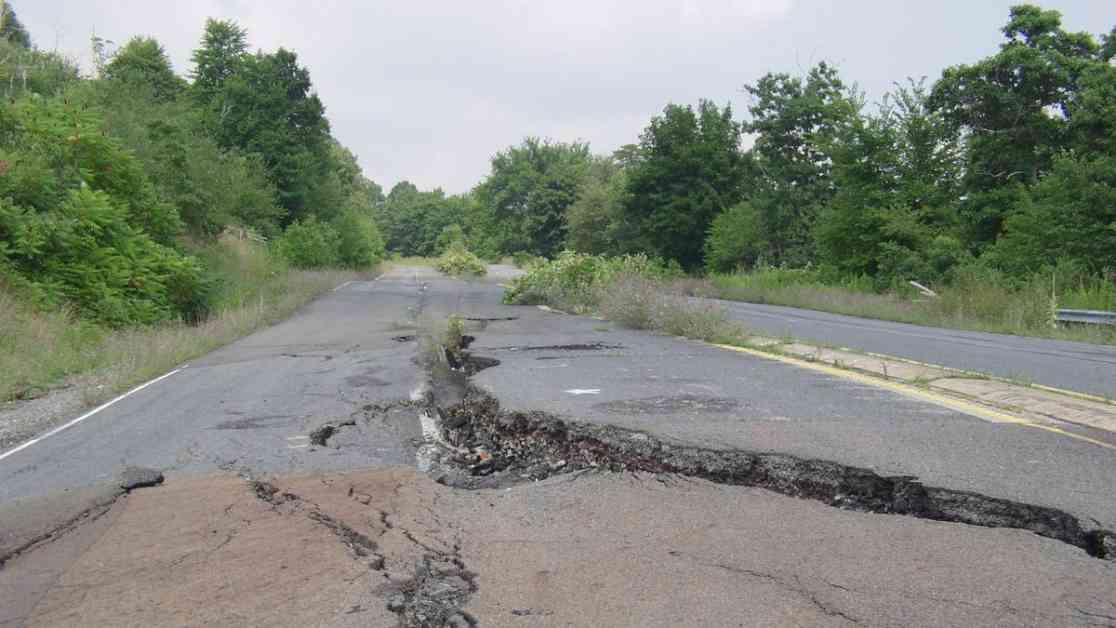As the heat dome settles over the United States this week, temperatures are rising in the Midwest and Northeast. Along with the dangerous heat, highways all over the country are starting to buckle under the intense heat. This issue has been happening for years, but with climate change causing more frequent and intense heat waves, the problem is getting worse.
According to the Environmental Protection Agency, the number of heat waves has tripled from the 1960s to the 2010s. This is the worst it has been since the Dust Bowl in the 1930s. Heat waves are also lasting longer, starting in late spring and extending into fall by almost 50 days. The main cause of road buckling is the increased heat. When moisture seeps into cracks or joints in the pavement, the surface expands, weakening the pavement. As the temperature rises, the pavement buckles and warps, usually happening on very hot afternoons with temperatures of 90 degrees or higher.
Different states use different pavement materials to combat road buckling. Asphalt is more flexible than concrete and can withstand temperature changes better. Some states have special asphalt blends for their specific climate. For example, Nevada has experienced less severe road buckling compared to Utah, thanks to their polymer-modified asphalt blend. Each state has its own approach to dealing with road buckling, depending on factors like traffic volume and climate conditions.
Although special asphalt blends can help, there is only so much that can be done to prevent road buckling in extreme heat. When temperatures reach a certain point, the pavement will warp and break. The only real solution is to address the root cause of the issue – unstable climate conditions.
It’s crucial for state departments of transportation to stay vigilant and be prepared for road buckling during hot weather. Temporary or emergency repairs may be necessary to keep traffic flowing smoothly. With the increasing frequency of heat waves, it’s essential to find long-term solutions to protect our highways from buckling and ensure the safety of drivers.










